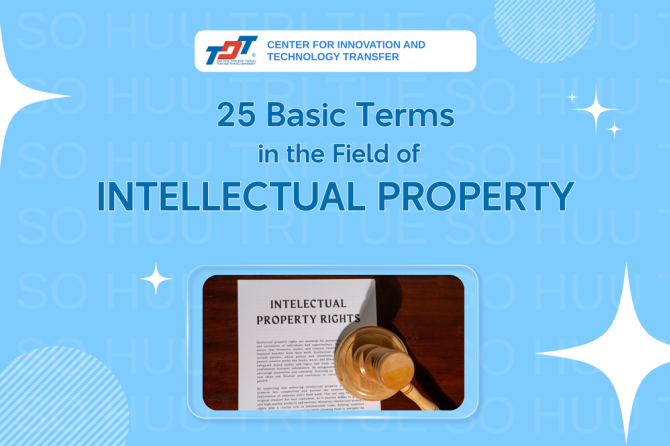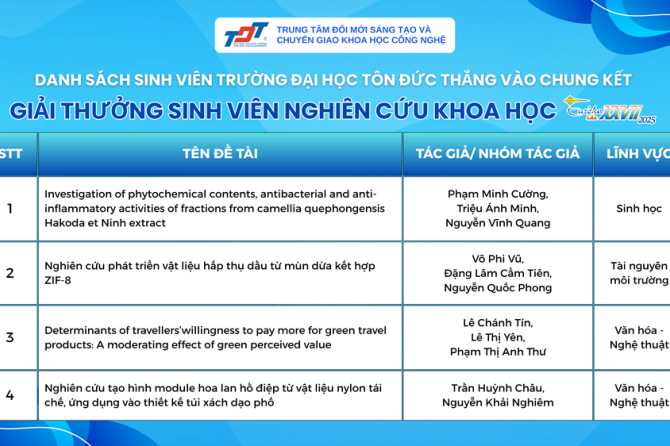GPT-OSS: A Highly Practical Open-Source Release - OpenAI’s Strategic Power Move
On August 5, 2025, OpenAI officially announced GPT-OSS, marking the first time in more than five years that the company has released the weights of a powerful LLM as a truly open-source model. The announcement immediately sent shockwaves through the tech community, because GPT-OSS is not only “open” in name: it is powerful, flexible, and highly applicable for real-world use.
GPT-OSS: Open – Powerful – Practical
Two models were released:
- GPT-OSS-20B (20 billion parameters): can run locally on PC/laptop with a mid-range GPU; supports 4-bit quantization and runs smoothly on an RTX 3090 or Apple M3 Max;
- GPT-OSS-120B (120 billion parameters): uses a mixture-of-experts (MoE) architecture, allowing partial activation of the model depending on the task - saving memory while maintaining high performance.
Key feature updates (August 2025):
- Outstanding performance in mathematics and programming: Elo up to 2516, and 98% on the AIME benchmark - on par with GPT-4-mini;
- Fully compatible with the OpenAI API, making it easy to replace GPT-3.5-turbo in existing applications;
- Integrates seamlessly with tools such as Ollama, LlamaIndex, LangChain, and AutoGen, enabling users to build RAG systems, agents and chatbots directly on local machines;
- Released under the Apache 2.0 license – completely open, with no commercial restrictions or usage constraints.
Why launch now?
The release of GPT-OSS in August 2025 is unlikely to be accidental. It comes:
- mmediately after a wave of criticism that OpenAI had become “too closed” compared to Meta, Google and the open-source community in China;
- Just before several countries are expected to introduce AI-ethics regulations requiring independent audits for models used in government, healthcare and finance - an area in which open-source models have a clear advantage over commercial APIs.
In short, the release of GPT-OSS in August 2025 is not only a technical milestone, but also a strategic statement by OpenAI - a clever balance between business and community, between power and control. In a landscape where the demand for local AI deployment is growing, and open-source models are steadily earning users’ trust, GPT-OSS arrives as a “perfectly timed” option.
With its local runtime, flexibility, high performance and fully open license, GPT-OSS not only serves AI enthusiasts, but also opens a safe path for businesses and organizations that require strict data control. This is not only the most powerful model OpenAI has ever released publicly - it is also a trustworthy foundation for a new generation of transparent, autonomous and sustainable AI applications.
If GPT-4 represents the future of AI-as-a-service, then GPT-OSS is the present of AI-for-everyone.
The question is no longer “Will we use AI?” - but rather: “Will you let AI run on your own machine - or depend on someone else’s?”
Sources:
1. OpenAI (2025). “Announcing GPT-OSS: Our first open-weight LLMs since GPT-2.”
2. GitHub – OpenAI GPT-OSS Models. “gpt-oss-20b & gpt-oss-120b model weights and usage guide.”
3. Ollama (2025). “Running GPT-OSS locally with 4-bit quantization.”
4. Hugging Face (2025). “Open LLM Leaderboard: Performance comparison of open-source LLMs.” https://huggingface.co/spaces/HuggingFaceH4/open_llm_leaderboard





